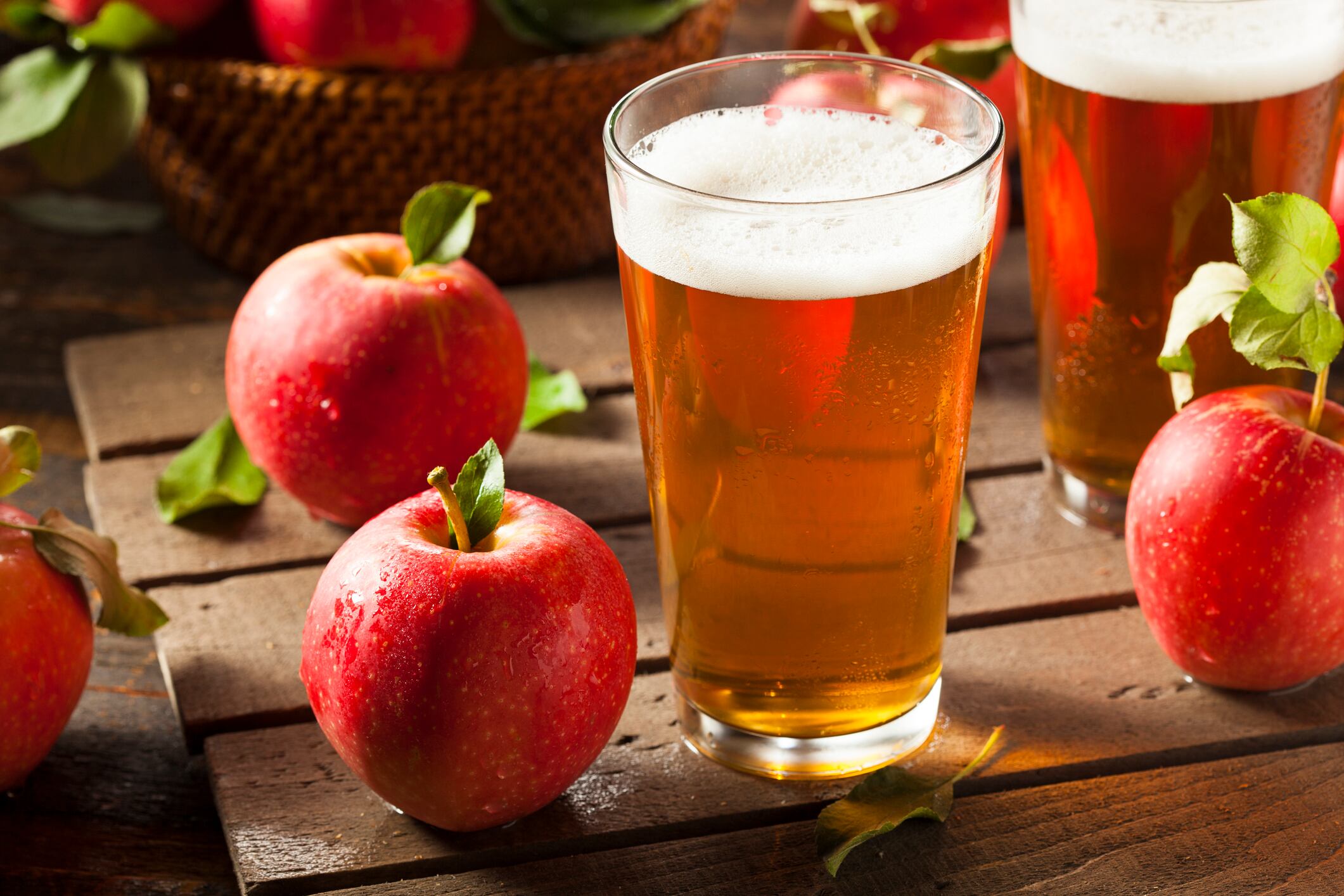Cider Australia, an independent not-for-profit organisation which represents cider and perry makers, says the current regulatory framework is holding back growth opportunities and making it difficult for consumers to distinguish higher quality products.
“Cider producers must navigate a ridiculous situation whereby the Food Standards define cider as one thing and the Australian Tax Office defines cider using another definition and neither of these definitions include a minimum juice content, which every other country globally sees fit to include in their definitions,” said Sam Reid, president of Cider Australia.
“The regulatory framework is certainly not ticking any of the boxes on why we have food standards in the first place, such as to ensure consumers can make informed choices and to promote consistency with international standards.”
Cider regulations
The Australia New Zealand Food Standards Code sets out the standards for producing cider, as well as the information that must be included on labels.
Cider Australia says that the definition of cider, according to the code, is wide and does not align with other rules in other countries or consumer expectations.
“Cider is defined as a fruit wine made from fermented or partially fermented apple and pear juice, but the Code allows it to contain unlimited amounts of water, sugar and other ingredients. In effect there is no minimum quality standard for cider, in contrast to the stringent rules for grape wine,” says the organisation.
It wants to see a minimum standard with respect to the proportion of juice in cider of 50% (by weight of finished product).
Minimum juice content requirements
- Germany 95%
- Spain 100% (natural) and 50% (sparkling)
- US 50%
- France 50%
- UK 35%
- Denmark 15%
- Sweden 15%
Source – Cider Australia research
Cider Australia also says that it is difficult for producers to identify rules that apply to cider; while the code is ‘out of date’ because it does not define several styles of cider; nor are certain products such as apple brandy suitably covered by production or compositional rules.
What is an Australian cider?
The Australian cider industry supports rural and regional economies in the apple-growing regions of Australia. Growth in value is being driven by craft ciders made with 100% Australian grown fruit.
However, cider makers are not required to state if they are using Australian grown fruit or imported juice on their labels. Cider Australia estimates that more than 85% of the cider ‘made in’ Australia is actually 'made with’ imported juice concentrate and not Australian grown fruit.
“Most cider consumers are not aware of this fact. For those consumers with a higher willingness to pay for craft products, inadequate rules make it difficult to interpret labels and even more difficult for producers and marketers to successfully differentiate quality products,” says Cider Australia.
In 2018 Cider Australia launched a trust mark that can be used to distinguish ciders that use 100% Australian grown fruit. It is currently being used by 35 cider producers; however, Cider Australia says that, on its own, the initiative’s impact will be limited.
Cider Australia proposes that the government:
- implements a minimum standard with respect to the proportion of juice in cider of 50% (by weight of finished product)
- redefines the meaning of cider and perry to exclude added alcohol and permit all pome fruit products (currently only apple and pear products are allowed)
- define apple and/or pear brandy, apple and/or pear spirit, fortified cider and Method Traditional cider and the permitted ingredients and compositional requirements for each product
- explicitly states the additives and processing aids that may be used to produce each product
- sets out compositional requirements for each product including a maximum ABV for cider and perry of 15% (currently there is no upper limit).
- Alighn the WET (tax) and FSANZ definitions of cider
Full details can be found here.

